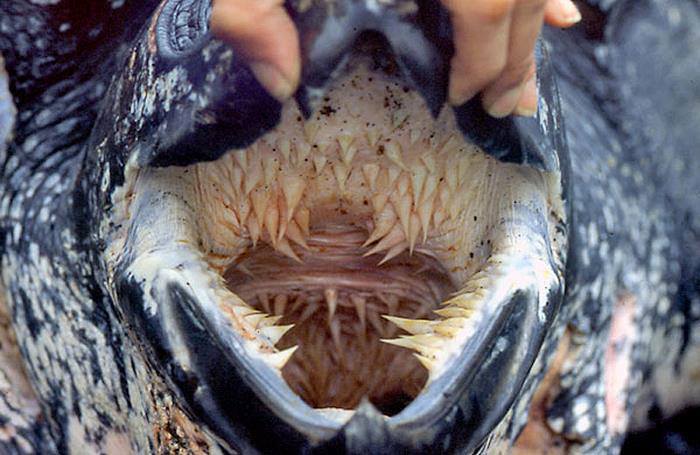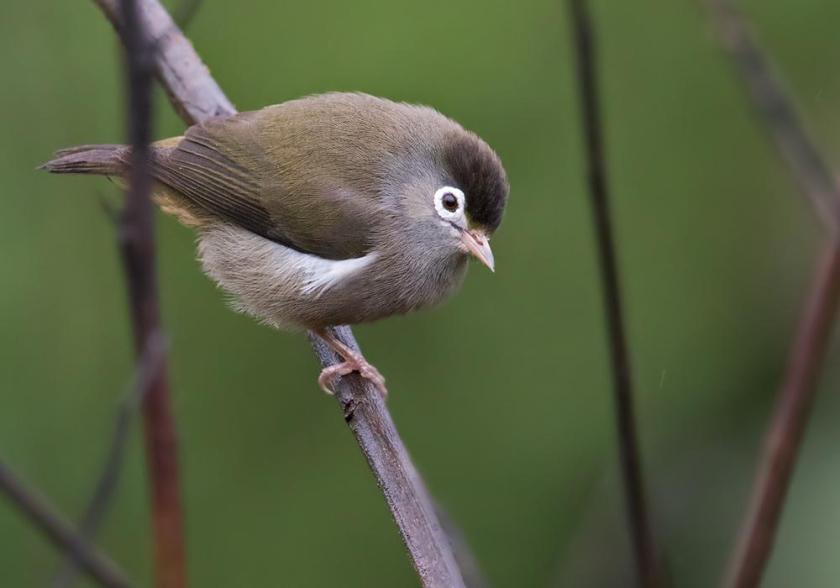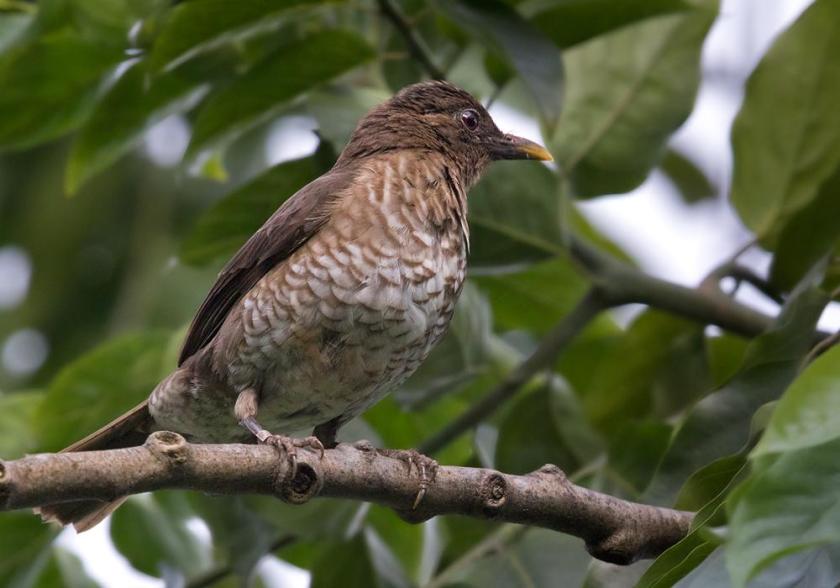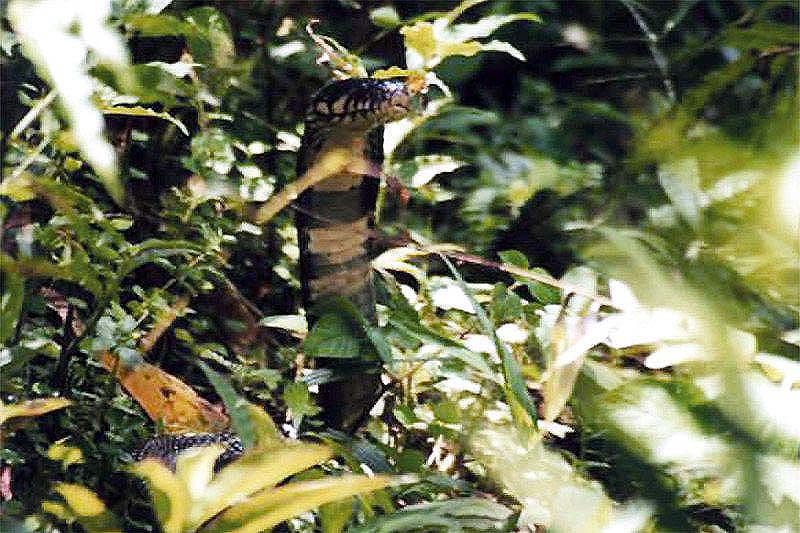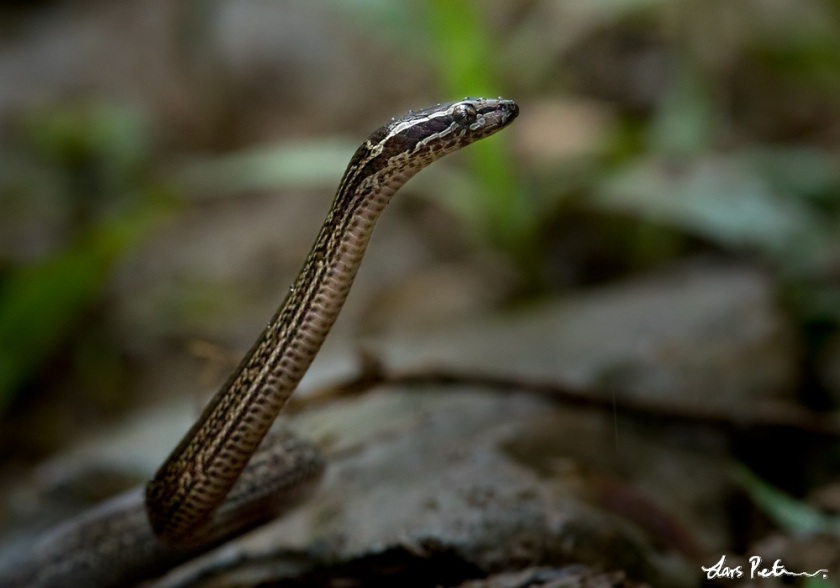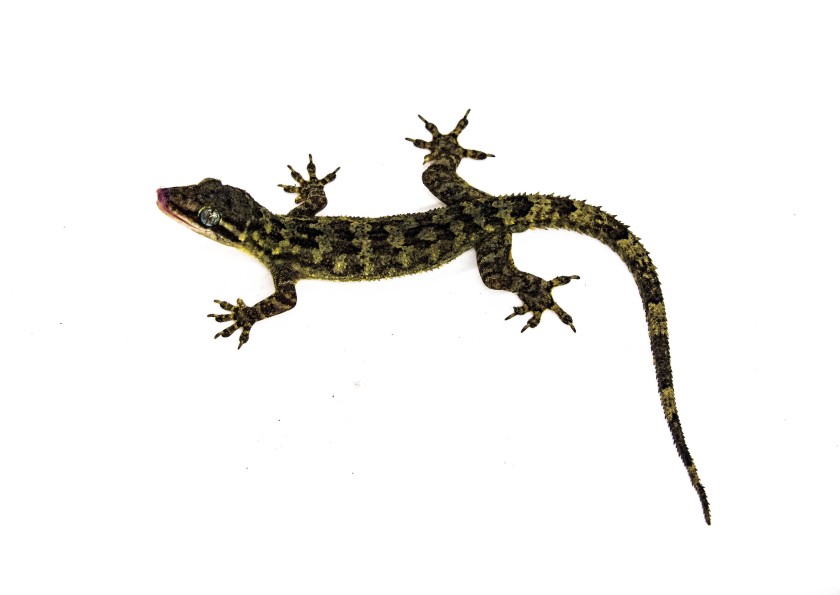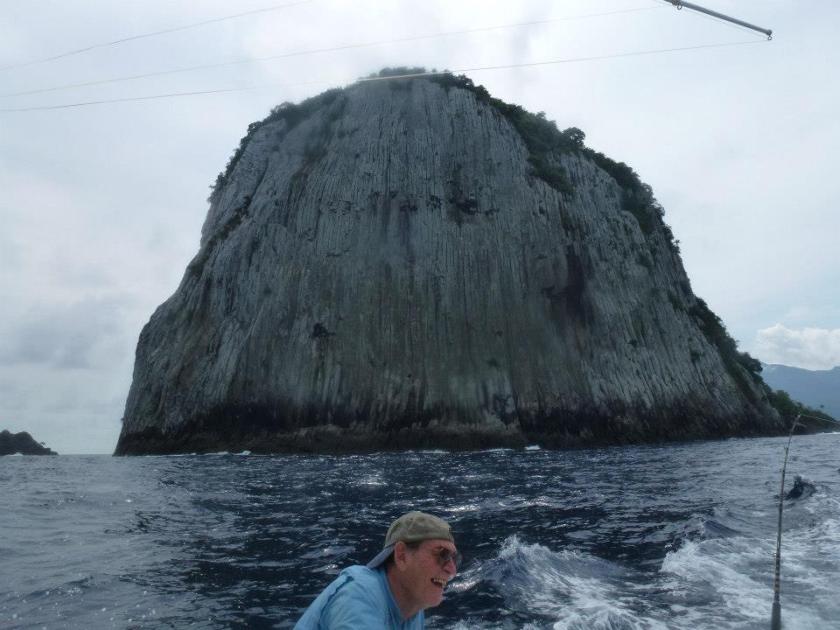Scientists and graduate students from the California Academy of Sciences have been visiting and studying the Republic of São Tomé and Príncipe for the past 17 years. This two-island nation off the West coast of Africa in the Gulf of Guinea has just revalued and redesigned its currency, the Dobra. And rather than celebrating political leaders, historical events or man-made structures and industry, the new notes illustrate what makes the islands truly special among islands of the world – their unique wildlife.

Colorful wildlife stamps are not rare of course but in this case, São Tomé and Príncipe are celebrating species unique to the islands – their endemics. The new twenty dobra note (above) celebrates the São Tomé giant tree frog, Hyperolius thomensis, largest member of its genus in the world. It is found only in the higher forests of the big island – nowhere else. The new note was fashioned directly from a photograph by Dong Lin, photographer on the first California Academy of Sciences scientific expedition to the islands in 2001.

Dong Lin, CAS photographer, F. Penny and R. Stoelting, members of the first Academy Gulf of Guinea expedition in 2001 posing the giant tree frog for the original photo below.
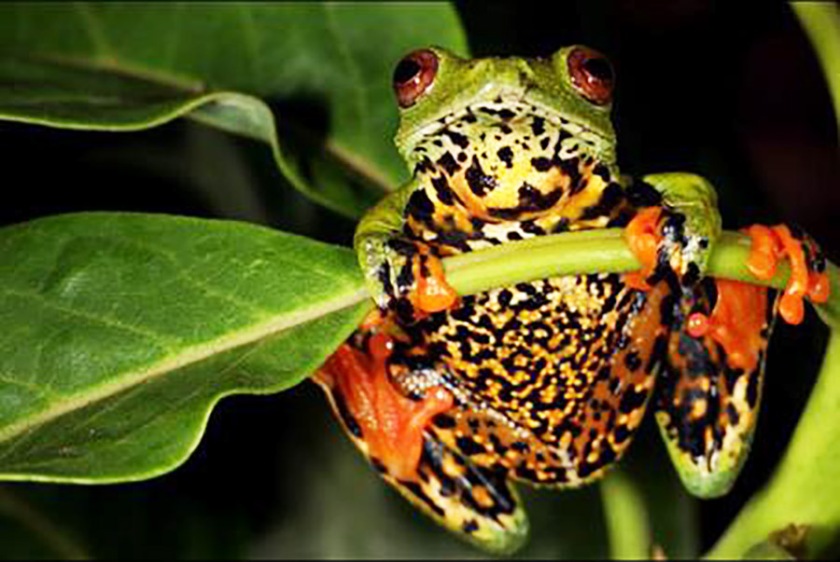
Hyperolius thomensis, original by D. Lin, CAS 2001]
This brilliantly colored tree frog was also the subject of the first scientific paper based on collections made by our expeditions. Since 2001 there have been 38 additional publications based on twelve more expeditions joined by more than 40 scientists and graduate students.
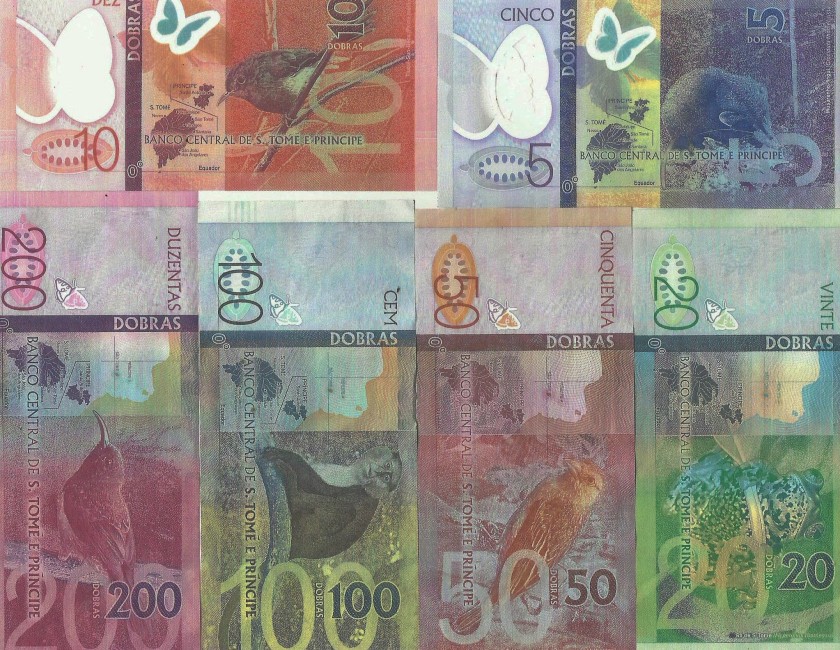
The 5 dobra note (top right) denotes one of two endemic (non-flying) mammals on the islands: the São Tomé shrew, Crocidura thomensis. The shrew was the subject of a 2015 publication by Dr. Ricardo de Lima of the University of Lisbon, along with three Academy colleagues. Later, another colleague, Dr. Luis Ceriaco of the Natural History Museum in Lisbon described an endemic shrew from Príncipe.
The ten, fifty and 200 dobra notes feature endemic bird species. The islands of São Tomé and Príncipe have the highest number of unique bird species in the world by unit area. This fauna has been intensively studied and brought to the world’s attention by our colleague, Dr. Martim Melo of CIBIO in Portugal. Only one bank note depicts a non-native animal – the 100 Dobra bill shows a Mona monkey, a species introduced from the mainland as a food source.

Finally, another of our colleagues who has joined us in the field and helped bring attention to the islands’ fabulous wildlife is the irrepressible Dr. Luis Mendes, famed Portuguese entomologist (above). Luis has been studying the butterflies of the islands and the African mainland for his entire career; the obverse side of each of the new Dobra notes bears an image of his butterflies (below).

Many of these lepidopterans are found on either one or the other island or both, but nowhere else in the world.
Pretty animal species frequently appear on stamps, but in the case of São Tomé and Príncipe, there is special significance. These two little islands rival the more famous Galapagos and Hawaiian islands in possessing an unexpectedly high number of unique plant and animal species, in spite of their smaller size. This would not be predicted by modern modeling nor is it yet well understood.
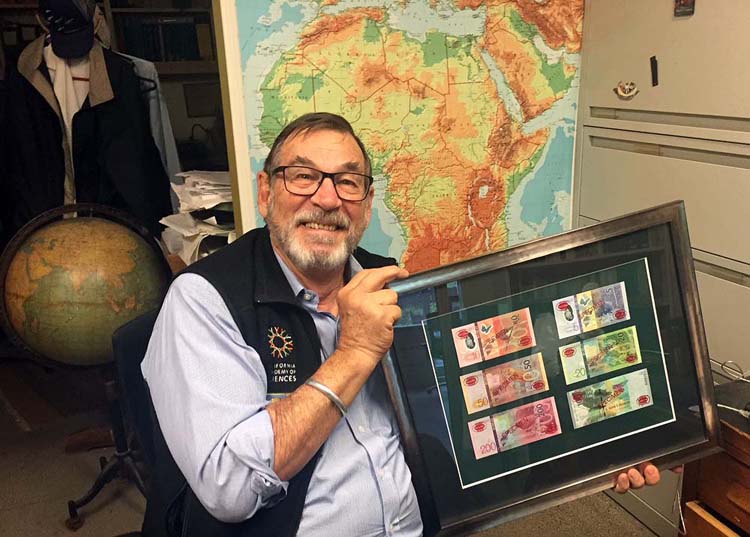
The new currency signifies that the people of the islands recognize that their islands’ unique environments set the country apart as truly special in the world. Clearly, the recent decade or so of field work and scientific effort has meant something to the citizens, and this is very heartening to us, the scientists who visit and seek to understand the evolution of life on “the Islands at The Center of the World”.
PARTNERS
First, our heartfelt thanks to the citizens of the islands for allowing us and our colleagues to work among them.
Our research and educational expeditions are supported by tax-deductable donations to the “California Academy of Sciences Gulf of Guinea Fund*.” We are grateful for ongoing governmental support from the Republic of São Tomé and Príncipe, and especially to Arlindo de Ceita Carvalho, Director General, Victor Bonfim, and Salvador Sousa Pontes of the Ministry of Environment and to Faustino de Oliviera of the Department of Forestry for their continuing authorization to collect and export specimens for study, and to Ned Seligman, Roberta dos Santos, Anita Rodriguez and Quintino Quade of STePUP of Sao Tome, our “home away from home”. GG IX, X and XI were funded in part by a generous grant from The William K. Bowes Jr. Foundation, and substantial donations from Rod C. M. Hall, Mr. and Mrs. Henri Lese, Mr. and Mrs. John L. Sullivan Jr., Mr. and Mrs. John Sears, in memory of Paul Davies Jr. and a heartening number of Bohemian friends. We are grateful for the support of Roça Belo Monte (Africa’s Eden-Príncipe) for both logistics and lodging.
*55 Music Concourse Drive, Golden Gate Park, San Francisco CA 94118 USA



